
Multiball Training
Friends and colleagues who have had experience playing table tennis only because their Physical Education classes allowed them to do so would often tell me that the sport is actually fun however it tends to get overly exhausting because of how fast-paced it is in general.
Truth be told, table tennis is undoubtedly fast and tiring and even professional players would agree. It requires a lot of skills like speed, agility, consistency, accuracy, coordination, endurance and many more. But here’s the thing, these skills can be developed all at the same time through one training routine and that is what we are going to look into in this article.
What is Multiball Training?
Multiball Training is a kind of table training that involves the continuous feeding of table tennis balls from the trainer’s end of the table to the opposite end where the trainee is situated. Instead of using one ball to perform drill patterns, the feeder, which could be the coach or the trainer or even a co-player, uses a basket of balls and continuously feeds each ball to the player for each stroke throughout the patterns being practiced.
There are hundreds of possible patterns, varying in terms of pace and frequency, that could be performed with multiball. This allows the coaches and trainers to design a program that is apt for the player’s training requirements and also enables them to focus on the areas that the players have to improve on.
What are the Benefits of Multiball Training?
There are several reasons why incorporating multiball in the training regimen of an athlete is effective and productive and below are just some of them. Keep in mind that this kind of training is not only for intermediate and advanced players but also for beginners. It is just a matter of developing a program suitable for each player’s needs.
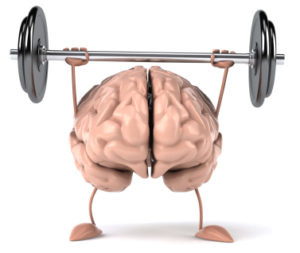
It helps develop muscle memory. Table tennis players are required to be consistent when it comes to their strokes and movements. My coach would often tell me that no matter how far the ball goes, it is important to observe and maintain the correct stroke when hitting the ball since a lot of elements, like timing, power, and rhythm, generate from it.
In order to achieve this consistency, he would often require me to train with multi-balls because this kind of training allows development of muscle memory. With a high level of repetition, the body gets accustomed with the movement and eventually enables the automatic execution of the strokes.
Muscle memory is crucial because the player’s ability to focus on the game is also dependent on it. Once muscle memory is developed, the player does not have to divide his or her attention between the execution of the movement and the tracking of the incoming ball because as the movement becomes natural, the player gets to focus more on the ball and the rally.
It enhances footwork. Footwork plays a big role in the success of a table tennis player as it permits one to move quicker and execute necessary movements more effectively. There are various footwork patterns that could be simulated through multiball training and again, this is supported by the high level of repetition that the training offers. Through repetition of footwork patterns, the lower body gets strengthened and this allows the players to perform at the optimum level.
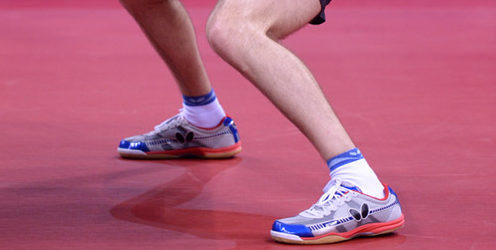
It boosts speed, agility, and endurance. Multiball training is often associated with exhaustion and torture as one would often be out of breath by the time the basket filled with balls is emptied (or maybe even before it becomes empty!). Multiball training allows the feeder to speed
up the process of ball feeding and to oblige the player to move and react at the same pace.
In the process, the speed and agility of the players are developed and their endurance is tested. Endurance is important in order to keep up with the game especially when the player has to play a long match or several matches within a day.
It develops coordination and consistency. When we talk about coordination in table tennis, we usually focus on eye-and-hand which pertains to coordination between what you see with your eyes and how you react with your hands.
We have mentioned earlier that muscle memory helps develop consistency of a player – that once the body gets accustomed to the movement, the execution becomes automatic and natural. When there is consistency, it becomes easier to attain coordination as the player does not have to worry about his or her body movement anymore. The focus now is on watching the ball throughout the rally and reacting to it with appropriate hand movements.
Robopongs
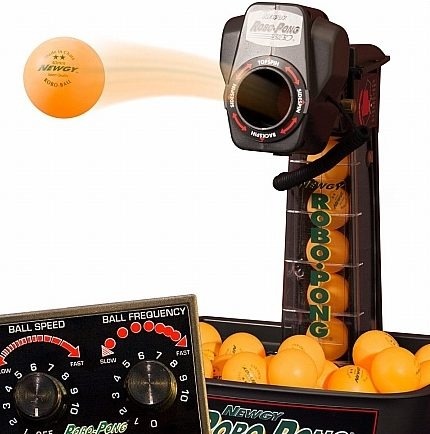
There are two ways by which multi-ball training could be done. One is through the actual multi-ball feeding by a coach or a training partner, which I have already mentioned earlier, and the other one is through the help of a robot which is popularly known to table tennis players as ‘Robopong’.
There is not much difference between the two especially now that some robopongs already have pre-programmed drills and can manipulate training drills like an actual person can.
However, on one hand, what I think is the advantage of having someone who actually feeds the ball is that it is quicker to make adjustments and adapt to the needs of the players. For instance, if in the middle of a multi-ball session the trainer observes that the player is already getting better at doing a crossover, the trainer can easily make slight adjustments with the distance and placement of the ball on the table and gradually take the training to a higher level.
On the other hand, what I think is the advantage of using a robopong over training with an actual trainer is that it can produce balls with more uniform speed and spin. This is exactly what players, especially those at the beginner’s level, need in order to develop muscle memory and build a solid foundation. Moreover, when players train with robopongs, the coach gets to watch them more carefully compared to when the coach has to feed the ball and observe them at the same time. Lastly, robopongs are easy to set up and they do not get tired unlike humans. Therefore, one can train for as long as he wants!
Interested in getting yourself a robopong? Check out our list of available robopongs here!
Multiball Footwork Patterns
As already mentioned, there are various multi-ball drills that could be done depending on the needs of the players. There are patterns that focus on footwork and there are also others that focus on strokes. For footwork training, the patterns usually used are the sidestep footwork pattern and the crossover footwork pattern.
Sidestep is usually done when the player is near the table and the ball goes not too far away from his or her reach.
This is generally how the pattern goes: for right-handed players, take the ready position and let us assume that you are hitting the ball that is going to your forehand side. Simply lift your left your foot and do a sidestep going to the right. But before landing, immediately lift your other foot and do a sidestep following the left foot.
Assuming that right after the stroke the opponent was able to return the ball to your backhand, whether you are returning it with your backhand or forehand, just lift your right foot followed by the left foot and step back to your backhand side.
Remember that this is a sidestep pattern and therefore your feet should only make lateral movements and not cross over each other.
Crossover, on the other hand is usually done when the ball goes extensively far and the player has to cover a wider area to reach the ball.
Assuming you are right handed and you are at the starting position, do a crossover by simply lifting your left foot over the right foot followed immediately by stepping the right foot to the right. If the opponent returns the ball to your backhand and you think that you can still receive it with your forehand, just simply step your right foot behind the left foot back to the backhand side immediately followed by the left foot.
Crossover might seem difficult to perform at the start but that is exactly the point of doing multiball training – it only takes some getting used to!
Conclusion
To conclude, multiball training helps a great deal in the overall development of a player, no matter what the skill level is. From building one’s foundation to strengthening the same in a more advanced level, multiball could help an athlete in many ways. In my humble opinion, no one is too good at table tennis to stop practicing with multiballs. So get as much chance as you can to do multiball training and find yourself improving session after session.
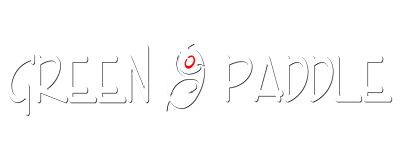
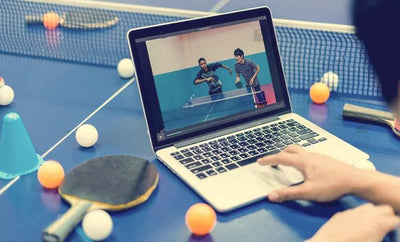


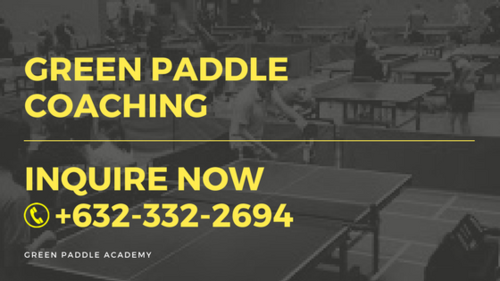
Leave a comment